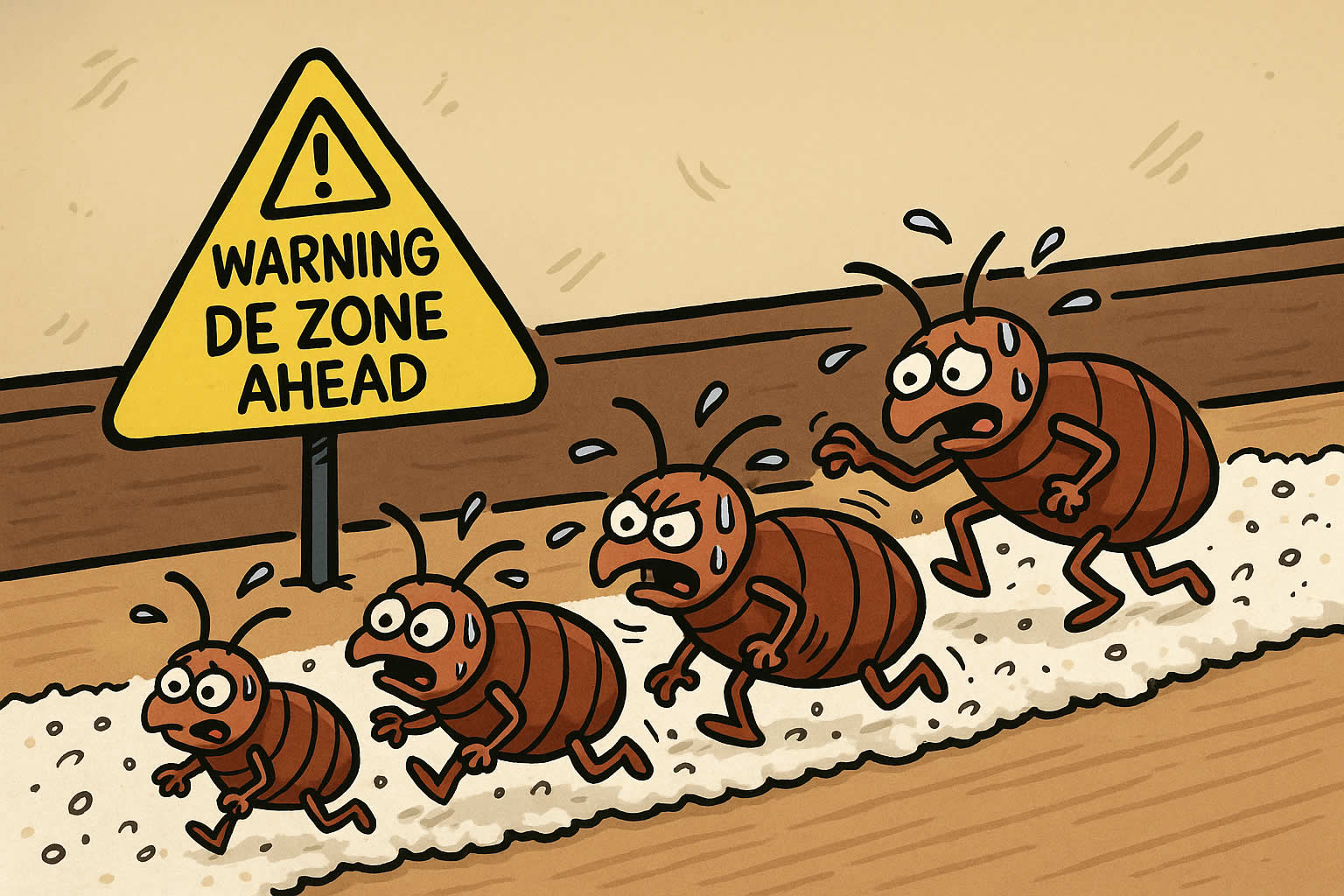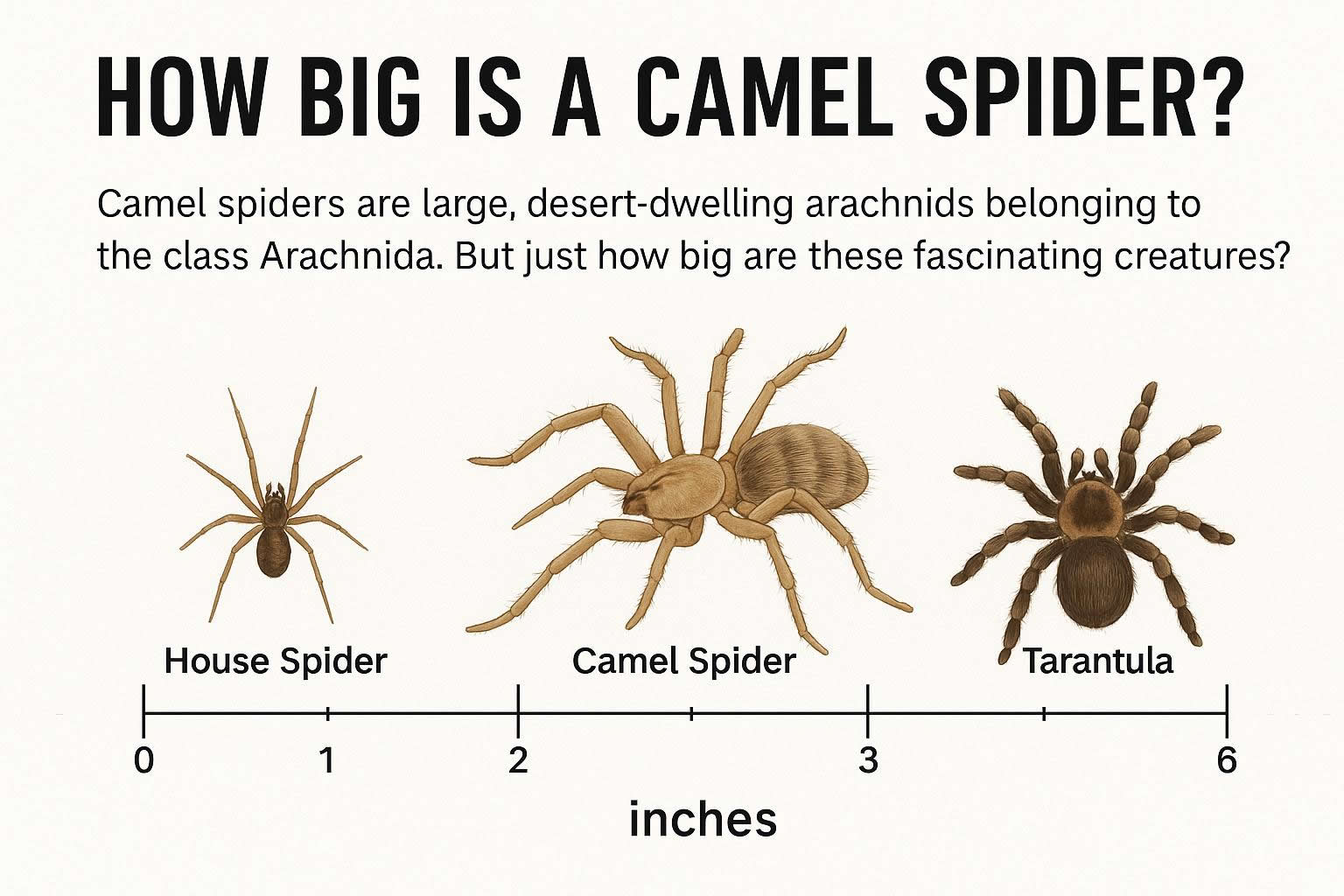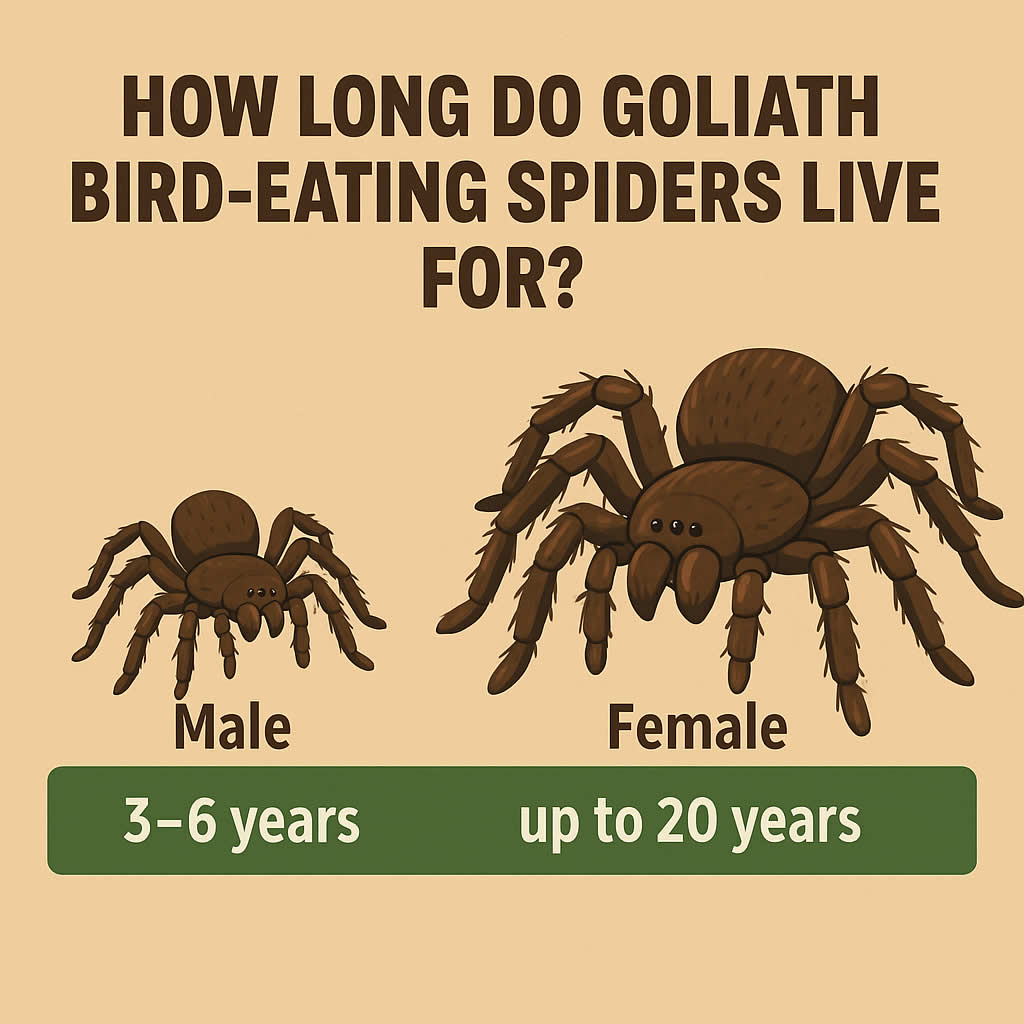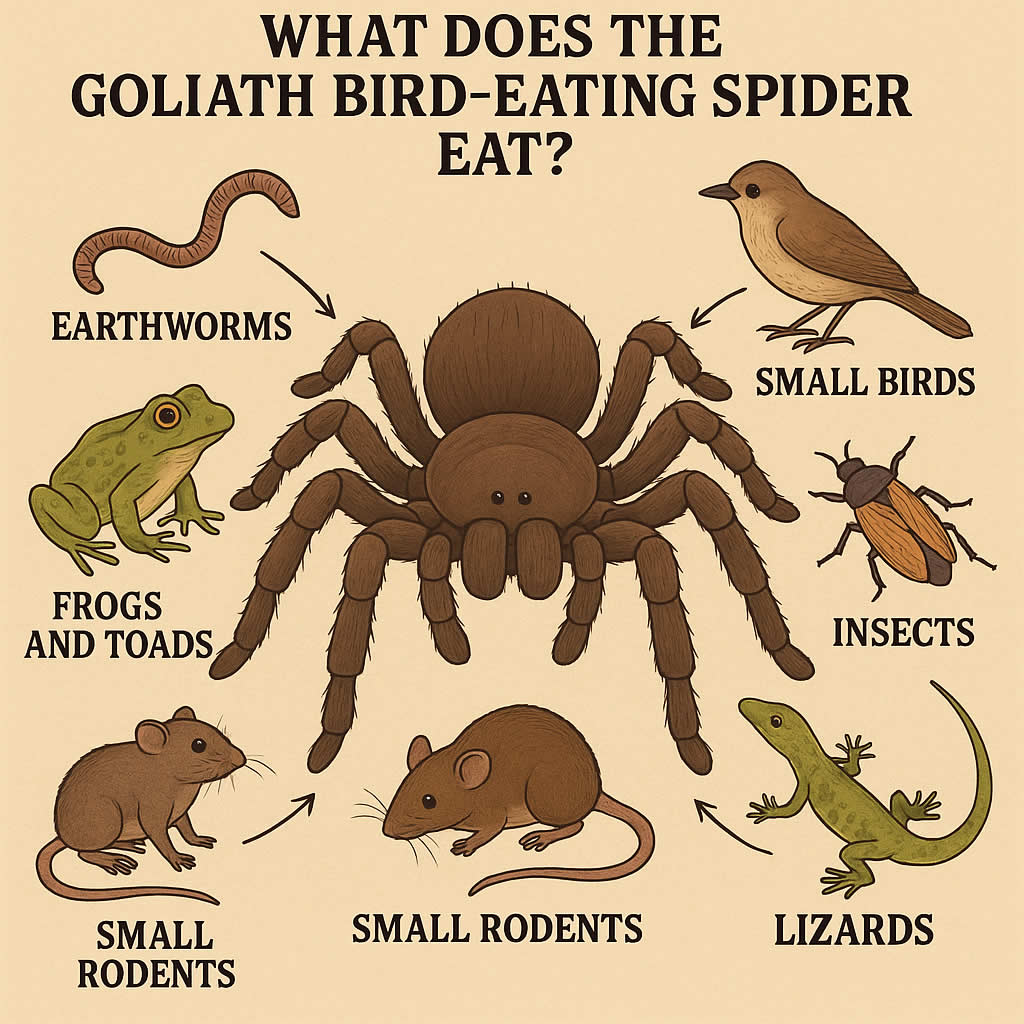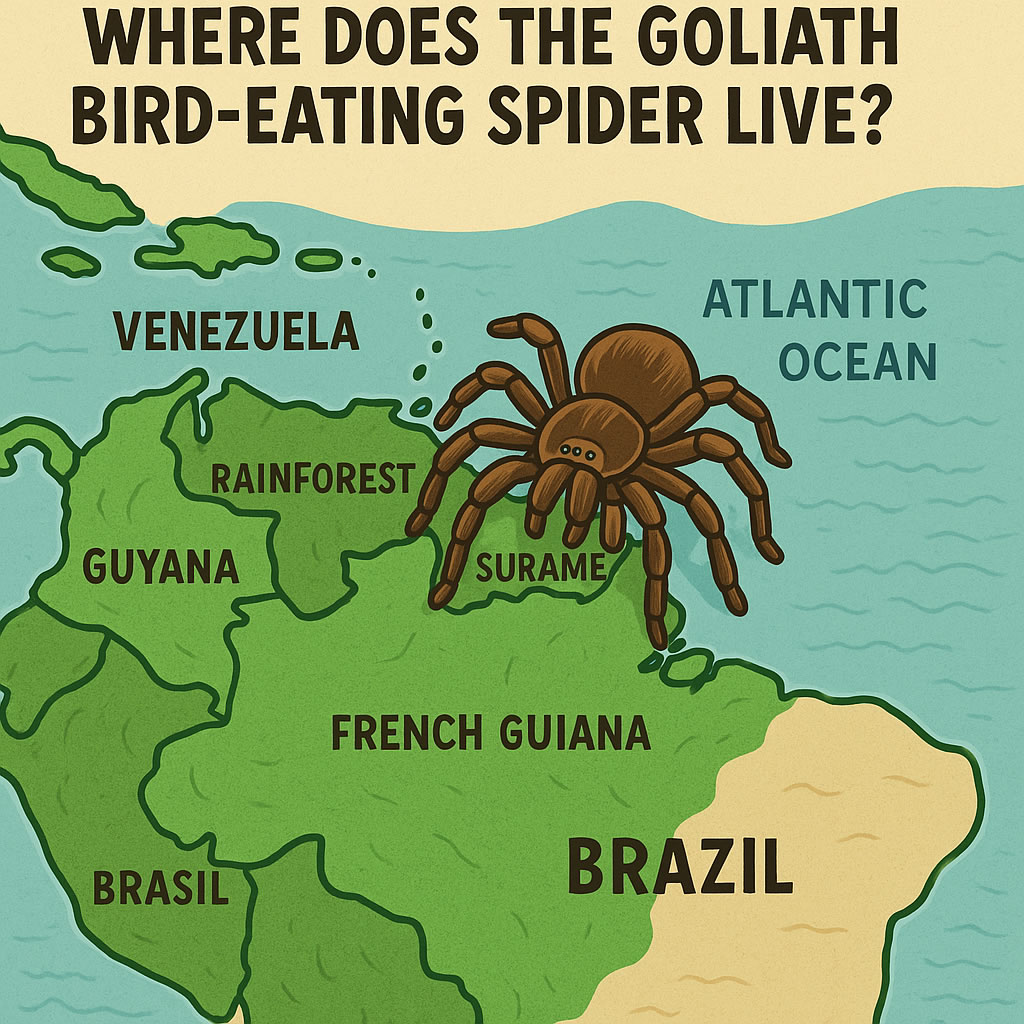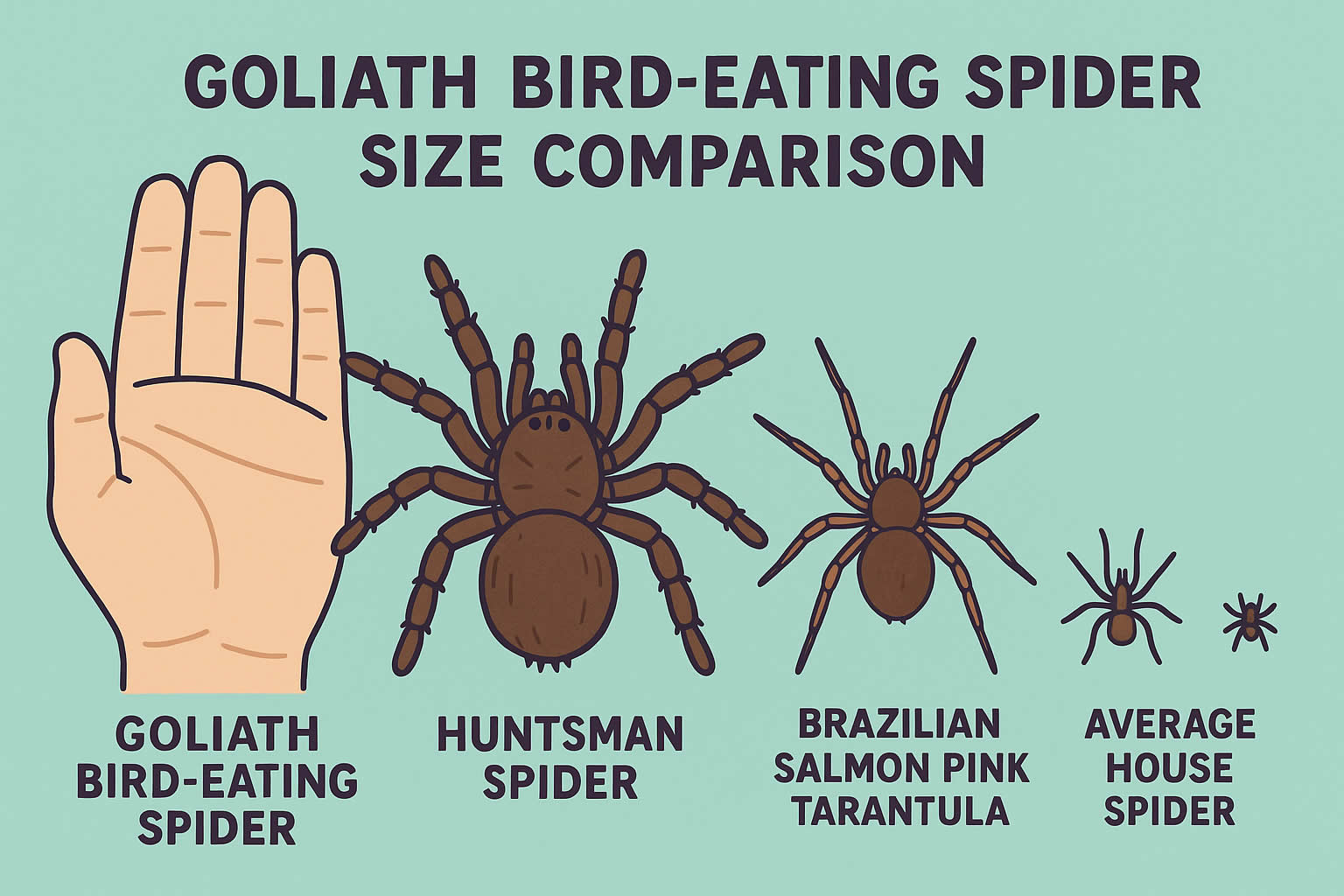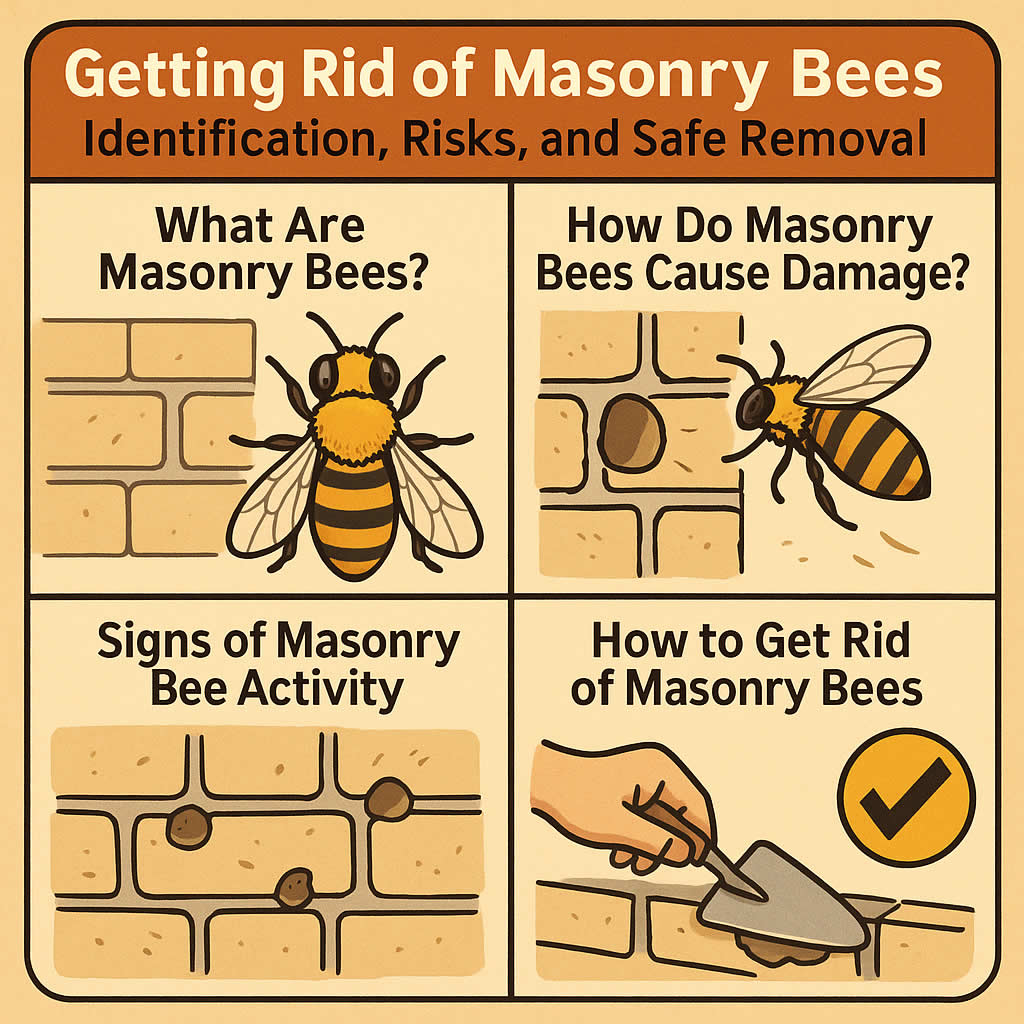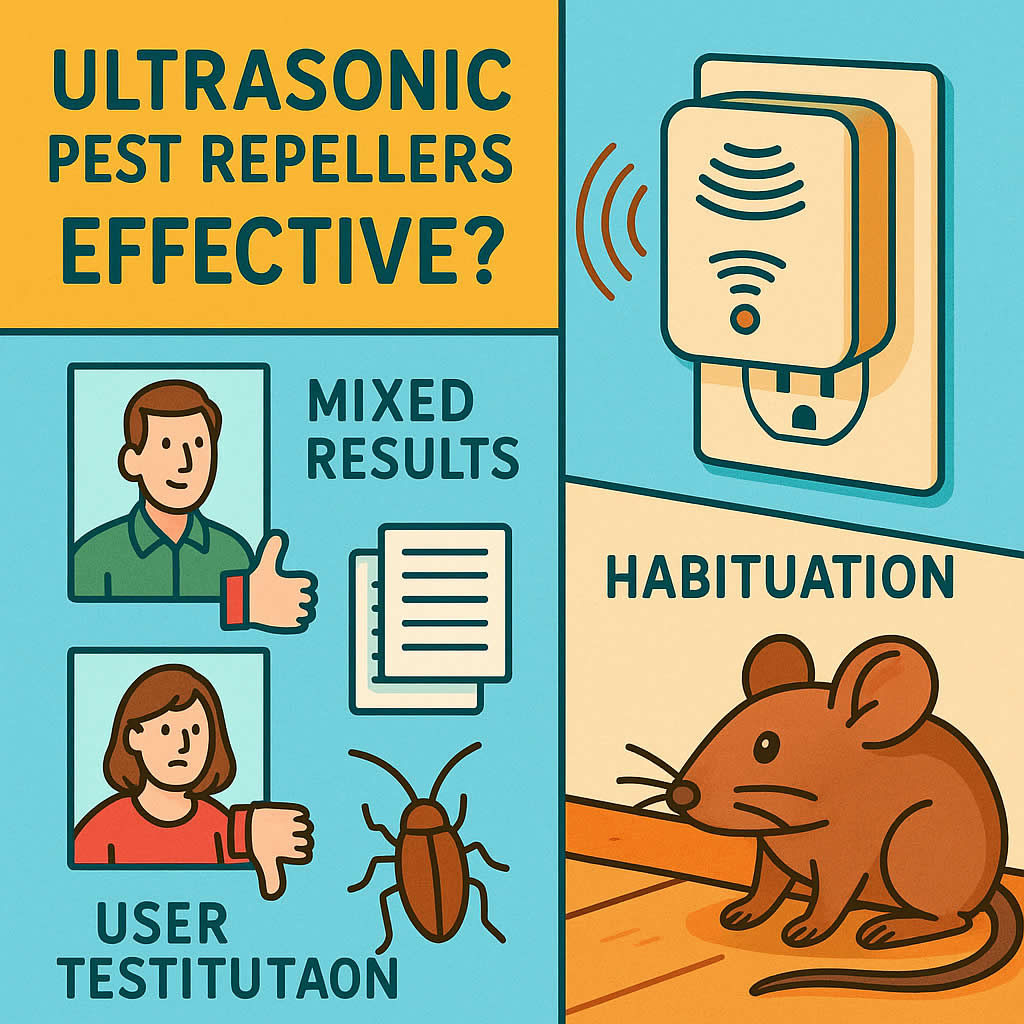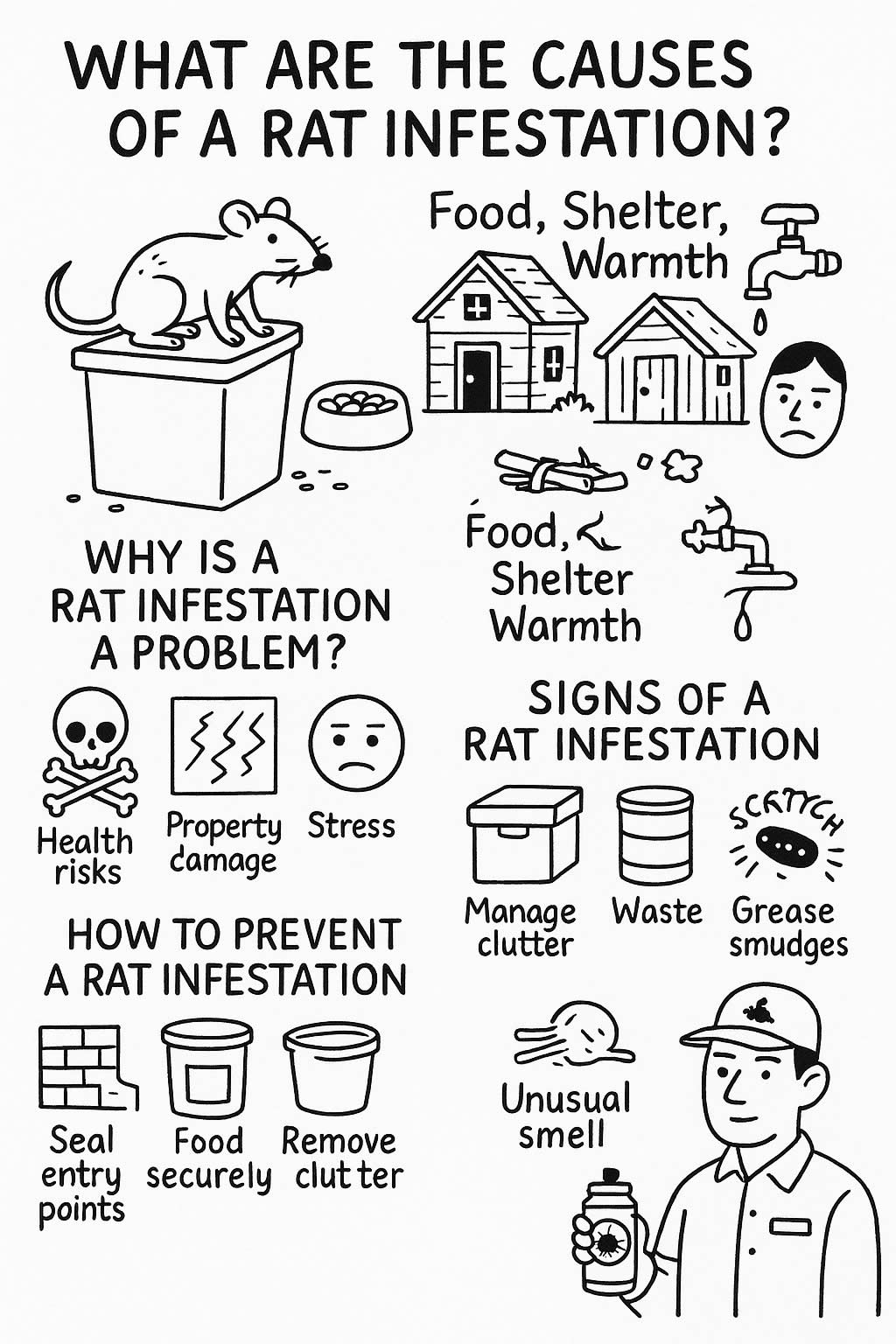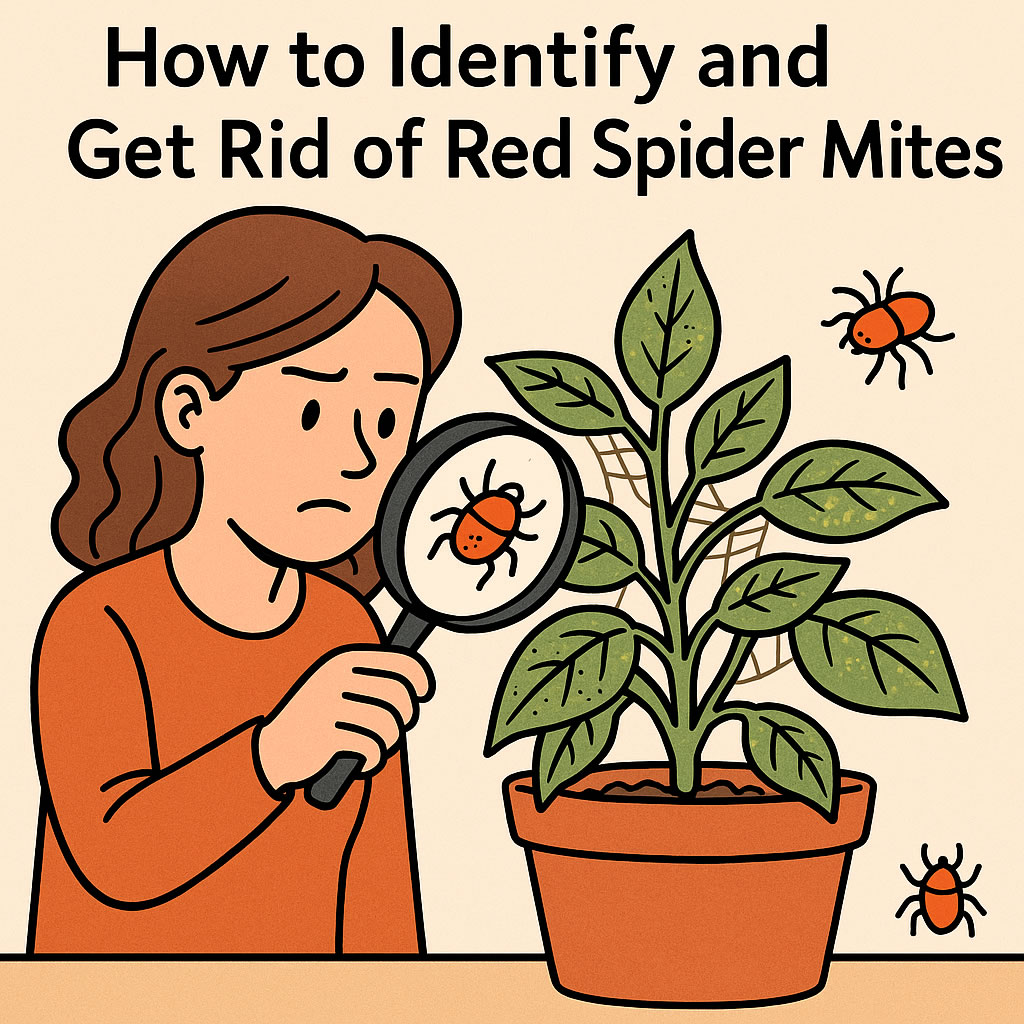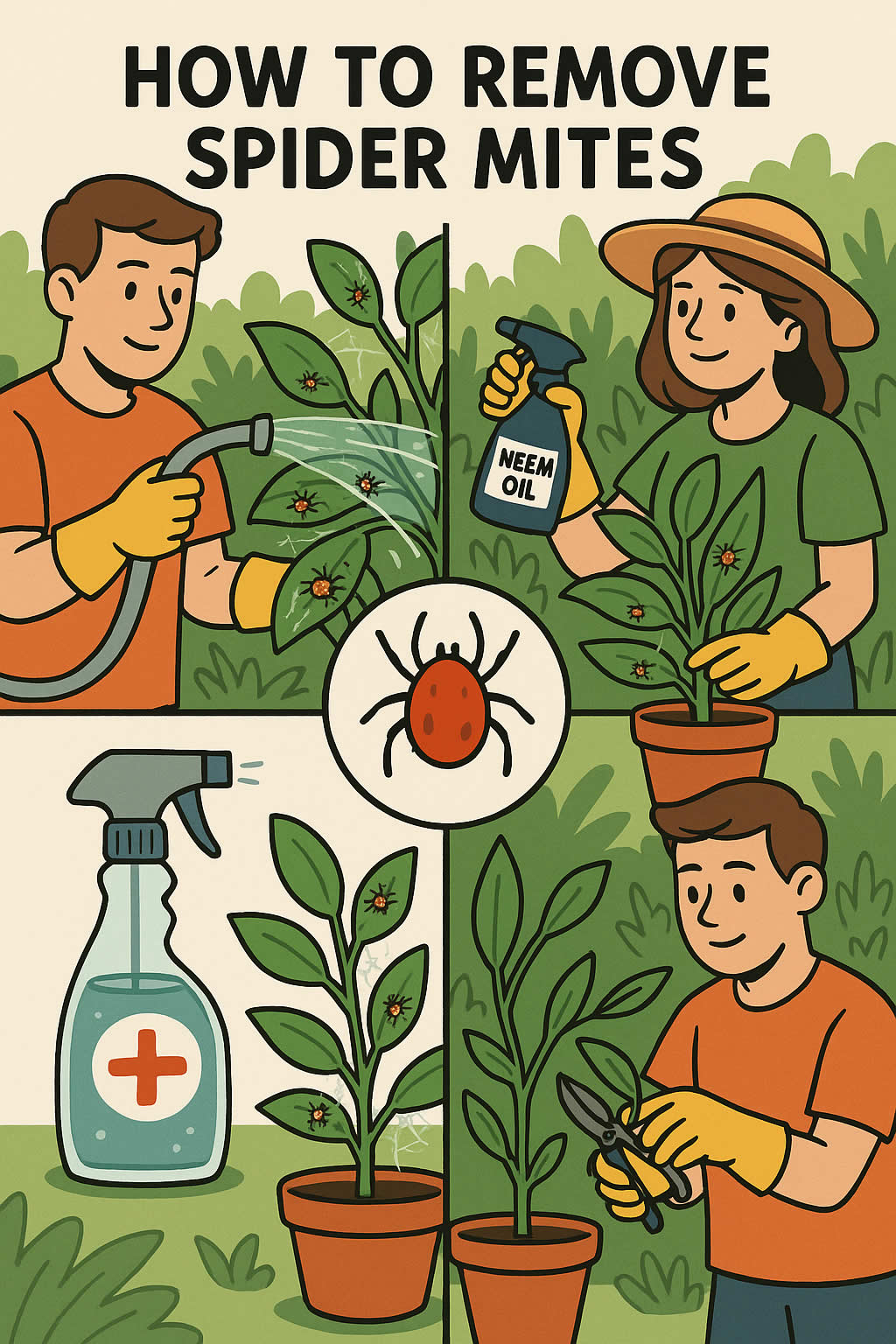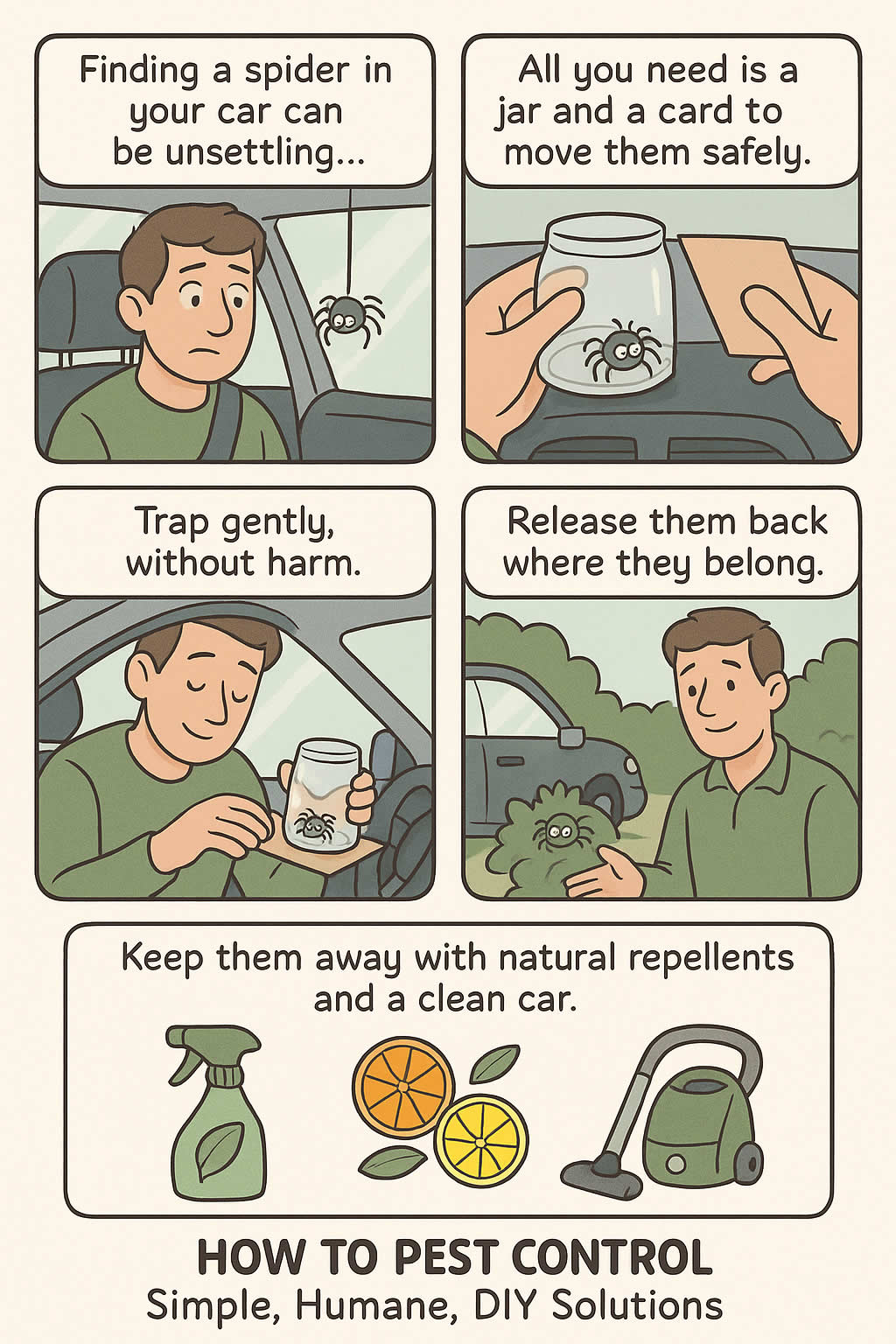Related Queries
ToggleFinding bed bugs in your home can feel overwhelming. They invade your personal space, interrupt your sleep, and spread quickly if left unchecked. When you’re looking for ways to deal with them, you’ll come across different treatments—some chemical, some natural. One of the most popular natural options is diatomaceous earth. It’s inexpensive, widely available, and doesn’t contain toxic chemicals. But here’s the thing: simply buying it and scattering it around isn’t enough. To see results, you need to know exactly where and how to apply it. Placement matters far more than how much you use.
In this guide, I’ll walk you through what diatomaceous earth is, why it works against bed bugs, and most importantly, where to put it so that you stand the best chance of clearing out the infestation.
What is diatomaceous earth and why does it work on bed bugs?
Diatomaceous earth, often shortened to DE, is a fine white or off-white powder made from the fossilised remains of tiny aquatic organisms called diatoms. These fossils are rich in silica, which gives the powder its unique properties. To us, it feels like soft flour. But to insects, those microscopic particles are sharp and damaging.
When a bed bug crawls across a thin layer of diatomaceous earth, the powder sticks to its body and scrapes against its waxy outer coating. This coating normally helps the bug retain moisture, but once it’s compromised, the insect begins to dehydrate. Without water, the bed bug eventually dies. It’s not an instant kill, but it’s highly effective if used correctly.
What makes diatomaceous earth especially appealing is that it’s non-chemical. That means bed bugs can’t develop resistance to it the way they sometimes do with chemical sprays. However, the powder only works if the bug comes into direct contact with it, which is why placement is crucial.
How does diatomaceous earth actually kill bed bugs?
Think of diatomaceous earth as a drying agent. Bed bugs have an exoskeleton, which acts as a protective layer. The fine particles of DE cut through that layer and absorb the oils that lock in moisture. Without their protection, the insects lose water gradually and die of dehydration.
This process usually takes a few days rather than minutes, so don’t expect to see results straight away. The effectiveness depends on whether the bugs are forced to cross the treated areas. That’s why targeting the right locations is more important than covering every surface in your home.
Where should you put diatomaceous earth for bed bugs?
To get results, you need to think about where bed bugs hide and how they travel. They tend to stay close to where people sleep, but they also spread out into nearby cracks and crevices. Here’s a breakdown of the most effective places to apply diatomaceous earth.
Mattress seams and bed frames
Your bed is the main battlefield. Bed bugs love to hide in the seams of your mattress and around the joints of your bed frame. Lightly dust a thin layer of diatomaceous earth along these seams, making sure it gets into the tiny folds where the insects crawl in and out.
If your bed frame is wooden, pay attention to cracks and screw holes. If it’s metal, focus on the joints where the frame connects. Don’t put diatomaceous earth directly on the sleeping surface of the mattress, as you don’t want to inhale it while resting. Instead, aim for the hidden areas around the edges.
Baseboards and skirting boards
Bed bugs often crawl along walls to move between hiding spots. The gap between your wall and skirting board is a favourite route. Apply a fine line of powder along the baseboards, particularly in bedrooms and near the bed. If there are visible cracks or gaps, use a brush or applicator to push a small amount inside.
This creates a barrier that bugs can’t avoid crossing as they try to spread out or return to the bed.
Cracks in walls and floors
Even the smallest crack can shelter bed bugs. If you live in an older house with gaps in wooden floorboards or small holes around pipes and sockets, these are prime hiding places. Lightly dust diatomaceous earth inside these gaps. You don’t need to fill them completely—just a fine coating is enough for contact.
For floors, sweep or vacuum first so dust and debris don’t cover up the powder. Clean surfaces ensure better exposure.
Furniture joints, drawers, and behind headboards
Furniture close to your bed is another hotspot. Bed bugs hide in bedside tables, chairs, and behind the headboard. Pull the furniture away from the wall and apply diatomaceous earth to the joints, inside drawers, and along the back edges.
If your headboard is upholstered, check the seams carefully and apply a light dusting around the fabric edges and buttons. For wooden or metal headboards, focus on cracks, screw holes, and where the frame meets the wall.
Around carpets and rugs
If your bedroom has carpets, bed bugs may hide along the edges, particularly where the carpet meets the wall. Sprinkle a fine line of powder around the perimeter of the carpet and underneath if possible. For rugs, lift them and apply underneath, as well as along the edges where bugs could crawl underneath to hide.
Inside luggage or backpacks
Travelling is one of the main ways bed bugs spread. If you suspect that your luggage or backpack has been exposed, you can treat it with diatomaceous earth. Empty it completely, then apply the powder into the seams, folds, and lining. Seal the bag in plastic and leave it for a few days before cleaning it out. This method stops any hidden bugs from hitching a ride back into your home.
Where should you avoid putting diatomaceous earth?
Not every surface is safe or useful for diatomaceous earth. You need to be careful where you apply it.
- On bedding: Never put it directly on sheets, pillows, or blankets. Inhaling the fine dust can irritate your lungs.
- High-traffic surfaces: Avoid spreading it across areas you walk on constantly, as it will scatter and lose effectiveness.
- Electronics: Don’t put it inside electrical items, as it can cause damage.
- Food preparation areas: Keep it away from kitchens and places where food is handled.
Focusing on cracks, crevices, and hidden areas is always better than coating large open surfaces.
How do you apply diatomaceous earth safely and effectively?
The key to using DE is applying a light, even dusting. Thick piles won’t increase its effectiveness—in fact, bed bugs may simply avoid clumps. You want a thin layer that’s barely visible, like a fine coating of flour.
Here’s how you can apply it safely:
- Use a hand duster, squeeze bottle, or small paintbrush to distribute the powder evenly.
- Always wear a mask while applying, to avoid breathing in dust.
- Focus on cracks, seams, and edges, rather than spreading it across entire surfaces.
- Keep children and pets safe from treated areas until you’ve finished.
A little goes a long way. You’ll get better results from precise application than from overusing it.
How long should you leave diatomaceous earth in place?
Unlike sprays that need reapplication every few hours, diatomaceous earth continues to work as long as it stays dry and undisturbed. In most cases, you should leave it in place for at least a week before vacuuming and reapplying.
Check treated areas regularly. If the powder has been moved, cleaned away, or covered in dust and debris, reapply a fresh layer. The more consistently the bugs are forced to cross the powder, the faster you’ll see results.
Can you combine diatomaceous earth with other bed bug treatments?
Diatomaceous earth works well on its own, but it’s even more effective when combined with other approaches. Bed bug infestations are rarely solved by a single method, so using DE alongside other treatments gives you a better chance of success.
You can combine DE with:
- Vacuuming: Regularly vacuuming carpets, baseboards, and furniture helps remove live bugs and eggs before applying more powder.
- Steam cleaning: Heat kills bed bugs instantly, and DE then acts as a long-term barrier after steaming.
- Mattress encasements: Sealing your mattress keeps bugs trapped inside and prevents new ones from hiding in seams. Applying DE around the outside creates extra protection.
- Professional treatments: If pest control services are treating your home with heat or chemicals, using DE in between visits can help manage any survivors.
The key is consistency. A single application of diatomaceous earth won’t clear an infestation, but using it as part of a wider plan can make a huge difference.
Final thoughts: does diatomaceous earth really work for bed bugs?
Diatomaceous earth isn’t magic, but it’s one of the most reliable natural tools you can use against bed bugs. The trick lies in how you apply it. By targeting the places where bed bugs hide—mattress seams, bed frames, skirting boards, cracks, furniture joints, and carpet edges—you force them into contact with the powder. Over time, they dehydrate and die, reducing the population steadily.
It takes patience, because results aren’t instant, but with careful application and regular re-treatment, you can see real progress. Avoid placing it on bedding or surfaces where you spend long periods, and always apply it lightly rather than in clumps.
Combine diatomaceous earth with other treatments, and you’ll have a far stronger defence against these persistent pests. It’s about persistence and consistency more than anything else.
If you’re struggling with bed bugs, know that you’re not alone. Thousands of people deal with the same challenge every year, and diatomaceous earth has helped many of them regain control of their homes. With the right approach, you can too.
Pest Control Houghton Regis – Pest Control Chalton – Pest Control Fancott
